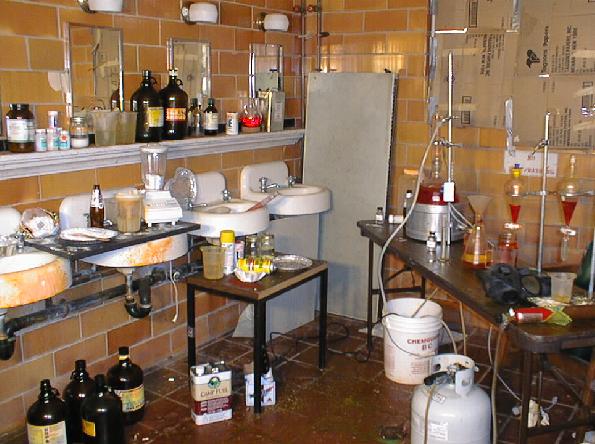Regulations & Resources
Signature Environmental can help building owners and managers meet regulatory requirements to test suspect materials.
California Health and Safety Code:
CHAPTER 6.9.1. Methamphetamine Contaminated Property Cleanup Act of 2005
California Office of Environmental Health Hazard Assessment (OEHHA):
www.oehha.ca.gov
Methamphetamine Fact Sheet
Department of Toxic Substances Control (DTSC):
The California Department of Toxic Substances Control has developed a health-based standard for methamphetamine residue of 1.5 micrograms per 100 square centimeters (µg/cm²) that provides the best current standard for reducing exposure to meth residue. (HSC Division 20 Chapter 6.9.1, Article 2, 25400.16)
http://www.dtsc.ca.gov
EPA:
Methamphetamine Remediation Research Act of 2007
The Methamphetamine Remediation Research Act of 2007 required EPA to develop guidelines for remediating former methamphetamine labs. This document provides those guidelines for States and local agencies to improve “our national understanding of identifying the point at which former methamphetamine laboratories become clean enough to inhabit again.” The legislation also required that EPA periodically update the guidelines, as appropriate, to reflect the best available knowledge and research.
Voluntary Guidelines for Methamphetamine Laboratory Cleanup
The guidelines are geared towards state and local government personnel who remediate or otherwise address former methamphetamine (meth) labs. This document helps disseminate the best available knowledge and research on meth lab remediation and proves helpful in cleanup contractors, and could be a resource for homeowners.
Does this document create new regulations for meth lab cleanup?
EPA prepared this document based on best current practices to provide voluntary cleanup guidelines to state and local governments, cleanup contractors, industrial hygienists, policymakers, and others involved in meth lab remediation. It does not set requirements but rather suggests a way of approaching meth lab remediation. Those using this document should also consult their appropriate municipal, county, or state guidance documents, regulations, and statutes. This document is not meant to supersede municipal, county, or state guidance documents, regulations, or statutes (however, this document may be helpful as they develop and/or review and revise their guidelines).
 Home Insurance Renewal Inspections in Irvine: What Homeowners Should KnowMarch 31, 2025 - 12:51 pm
Home Insurance Renewal Inspections in Irvine: What Homeowners Should KnowMarch 31, 2025 - 12:51 pm Newport Beach Home Insurance Renewal Inspections: Avoid These Common IssuesMarch 29, 2025 - 11:14 am
Newport Beach Home Insurance Renewal Inspections: Avoid These Common IssuesMarch 29, 2025 - 11:14 am Home Insurance Renewal Inspection in Orange County: What You Need to KnowMarch 20, 2025 - 8:14 am
Home Insurance Renewal Inspection in Orange County: What You Need to KnowMarch 20, 2025 - 8:14 am Who Hires the Home Inspector When Buying a House?March 5, 2025 - 8:16 am
Who Hires the Home Inspector When Buying a House?March 5, 2025 - 8:16 am
